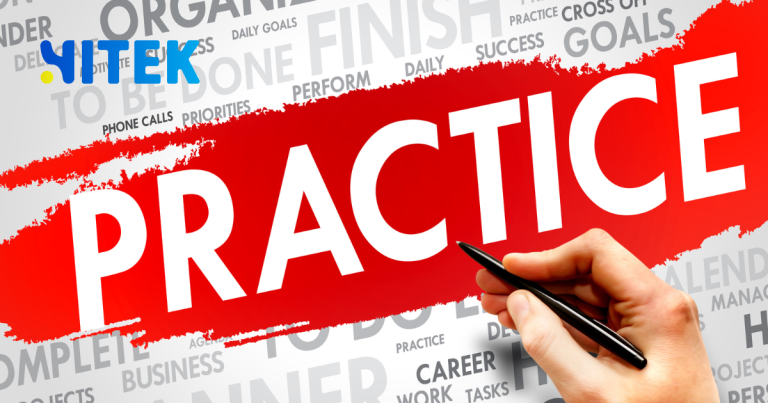In an era where cyber threats loom more significant than ever, Australian businesses can’t afford to treat security as an afterthought. The Secure Software Development Life Cycle (SSDLC) is not just a buzzword—it’s a structured approach to building resilient software from the ground up. But what exactly does it entail, and why should Australian tech leaders care?
This guide breaks down SSDLC, its phases, and why adopting it is a game-changer for security-conscious organisations.
Contents
ToggleUnderstanding SSDLC: Security Built In, Not Bolted On
Traditional software development often treats security as a final checkpoint—a last-minute audit before launch. The problem? Vulnerabilities discovered late in the process are costly and time-consuming to fix.
The Secure Software Development Life Cycle (SSDLC) integrates security at every phase, from planning to deployment. Instead of scrambling to patch flaws post-release, developers proactively address risks, saving businesses from costly breaches.
According to the Australian Cyber Security Centre (ACSC), cybercrime costs Australian businesses billions annually. Adopting SSDLC isn’t just best practice—it’s a necessity.
The Key Phases of SSDLC
SSDLC follows a structured framework, ensuring that security is embedded throughout development. Here’s how it works:
1. Planning & Requirements Analysis
Before writing a single line of code, teams identify security requirements. What data needs protection? What compliance standards (like ISO 27001 or Essential Eight) must be met? This phase sets the security foundation.
2. Secure Design
Architects map out security controls, such as encryption, authentication, and access management. Threat modelling (identifying potential attack vectors) helps preempt risks.
3. Secure Coding
Developers write code with security in mind, avoiding common pitfalls like SQL injection or cross-site scripting (XSS). Tools like Static Application Security Testing (SAST) scan for vulnerabilities early.
4. Security Testing
Beyond functionality, rigorous testing—penetration testing, dynamic analysis (DAST), and vulnerability scanning—uncovers weaknesses before deployment.
5. Deployment & Secure Configuration
Even secure software can be compromised by poor server settings. SSDLC ensures environments are hardened against attacks.
6. Maintenance & Monitoring
Security doesn’t stop at launch. Continuous monitoring, patch management, and incident response keep systems protected.
Why Australian Businesses Need SSDLC
With cyberattacks rising—one report estimates a cybercrime every 7 minutes in Australia—security can’t be reactive. Here’s why SSDLC matters:
✅ Reduces Breach Risks – Fixing flaws early is cheaper than post-breach damage control.
✅ Ensures Compliance – Meets standards like the Privacy Act 1988 and Notifiable Data Breaches (NDB) scheme.
✅ Builds Customer Trust – Secure software enhances brand reputation.
A study by CSIRO’s Data61 found that proactive security measures significantly lower cyber risks. SSDLC is that proactive shield.
SSDLC vs. Traditional SDLC: What’s the Difference?
| Aspect | Traditional SDLC | Secure SDLC (SSDLC) |
|---|---|---|
| Security Focus | Added late in the process | Integrated from the start |
| Cost of Fixes | High (post-development) | Low (early detection) |
| Compliance | Often reactive | Proactively aligned |
| Risk Management | Patch-driven | Prevention-focused |
How to Implement SSDLC in Your Organisation
- Train Your Team – Developers should understand secure coding practices.
- Security Tools – SAST, DAST, and Software Composition Analysis (SCA) tools automate vulnerability detection.
- Adopt Frameworks – Follow guidelines like OWASP’s Secure Software Development standards.
- Regular Audits – Continuously assess security posture.
For Australian businesses, partnering with cybersecurity experts can streamline SSDLC adoption.
Final Thoughts: Security as a Priority, Not an Afterthought
The Secure Software Development Life Cycle isn’t just for tech giants—it’s necessary for any Australian business handling sensitive data. By embedding security early, companies reduce risks, ensure compliance, and build trust.
Ready to strengthen your software security? Start by assessing your current development process—where could security be improved?
Explore the Australian Cyber Security Centre’s resources for more insights on cybersecurity best practices. Stay secure, stay ahead.
Did you find this guide helpful? Please share it with your team or leave a comment below with your most significant security challenge!









